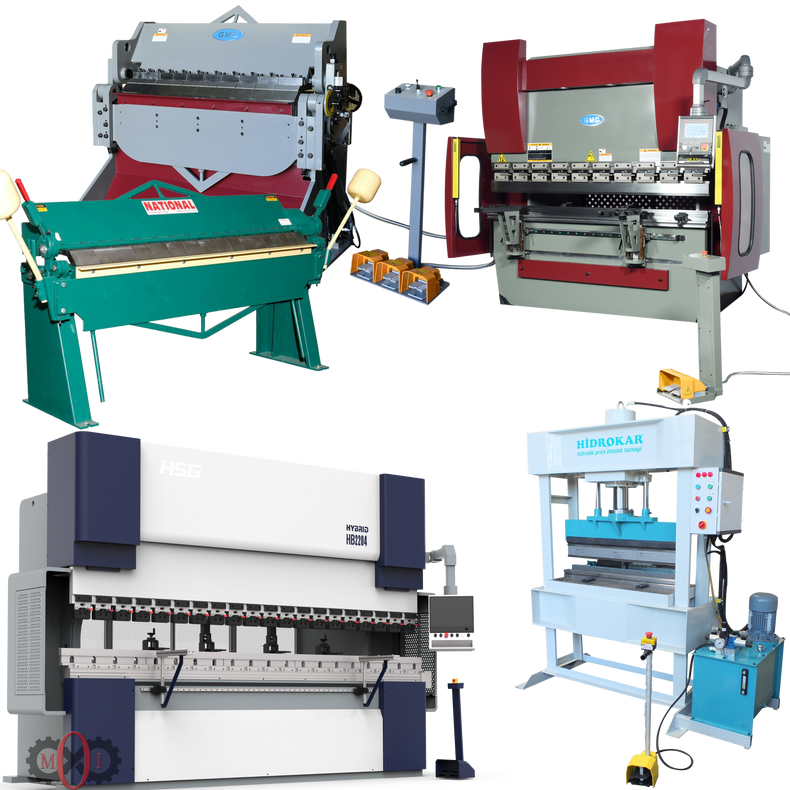Press brakes are an essential piece of equipment in the metalworking industry. They are used to bend and shape metal sheets to form a wide range of products such as panels, enclosures, brackets, and more. In this blog, we will dive into the world of press brakes and explore their types, applications, and operation.
Types of Press Brakes:
Press brakes come in various types, each with its unique features and capabilities. The most common types of press brakes include:
Mechanical Press Brake:
A mechanical press brake uses a flywheel to power the ram that presses down on the metal sheet to form the desired bend angle. Mechanical press brakes are suitable for low-volume production and are the most economical type of press brake.
Hydraulic Press Brake:
A hydraulic press brake uses hydraulic fluid to power the ram. Hydraulic press brakes can generate higher tonnage, allowing them to bend thicker and larger metal sheets. They are also more accurate and have faster cycle times than mechanical press brakes.
Servo-Electric Press Brake:
A servo-electric press brake uses an electric motor to power the ram, offering excellent accuracy and repeatability. They are suitable for high-volume production and are the most energy-efficient type of press brake.
Applications of Press Brakes:
Press brakes are versatile machines that can bend and shape metal sheets to form a wide range of products. Some common applications of press brakes include:
Sheet Metal Enclosures: Press brakes are used to form sheet metal enclosures for electronic equipment, appliances, and other products.
Automotive Components: Press brakes are used to form metal components such as brackets, frames, and body parts for automobiles.
HVAC Ductwork: Press brakes are used to form metal ductwork for heating, ventilation, and air conditioning systems.
Aerospace Components: Press brakes are used to form complex metal components for aircraft, such as fuselages, wings, and engine components.
Operation of Press Brakes:
The operation of a press brake involves several steps:
Setup: The metal sheet is placed on the bed of the press brake, and the operator sets the bend angle and bend radius.
Clamping: The metal sheet is clamped between the die and the punch, preventing it from moving during the bending process.
Bending: The ram of the press brake descends, pressing the metal sheet against the die to form the desired bend angle.
Unclamping: The clamps release, and the metal sheet is removed from the press brake.
Press brakes require skilled operators to set up and operate the machines safely and efficiently. The operator must follow safety guidelines to prevent accidents and ensure the longevity of the machine.
Conclusion:
Press brakes are essential machines in the metalworking industry, offering versatility, accuracy, and efficiency in forming sheet metal components. By understanding the types, applications, and operation of press brakes, metal fabricators can choose the best press brake for their needs and ensure optimal performance and productivity.

